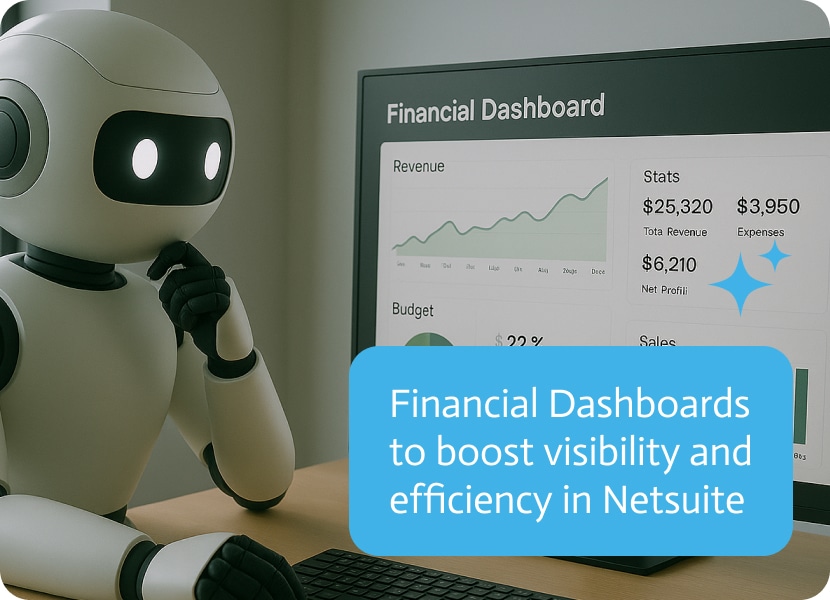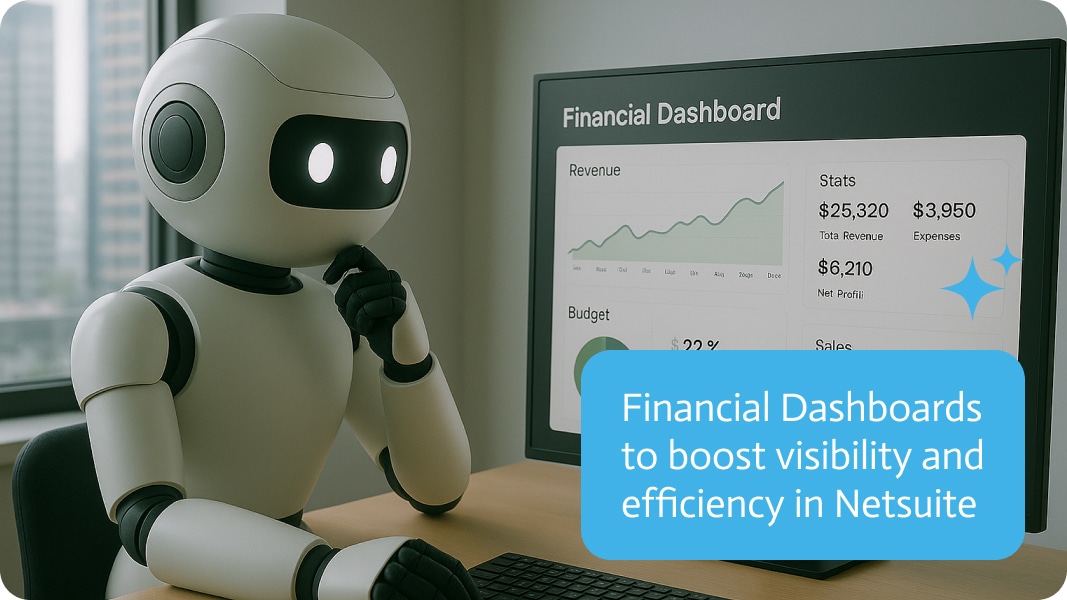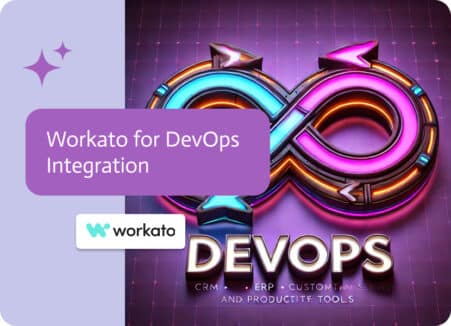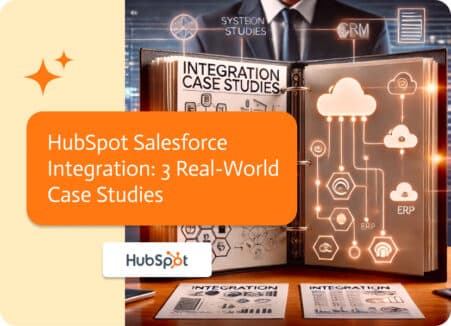

Vibe Coding Financial Dashboards to Increase Visibility and Efficiency in NetSuite with Noca
NetSuite is a well-known name in enterprise software. The cloud-based ERP (enterprise resource planning) platform has become the go-to system for thousands of mid-market and large companies, tying together everything from accounting and procurement to inventory and project management. Yet, as comprehensive as NetSuite is, businesses still face a familiar problem: the data is there, but making it work for day-to-day decision-making often requires layers of customization, complex reporting, and long IT lead times.
Vibe coding is a new way to create business apps, depending less on traditional programming and more on instructions of your needs in simple language. With platforms like Noca, vibe coding uses a prompt-to-app approach to help companies expand NetSuite with easy-to-use dashboards and apps made for real business situations. Think financial dashboards that executives can consult at a glance, real-time project time tracking for consultants, and streamlined invoice approval workflows.
This isn’t just a small change to the ERP process. It’s a change in how companies use their financial and operational data, giving better visibility and productivity. Let’s see how this happened, why it’s important now, and what’s next.
From Static Reports to Dynamic Insights: A Brief History
For decades, the challenge of ERP systems has been accessibility. While they store the most valuable data in an organization, the user experience has often been a little on the slow end. Executives relied on periodic reports, usually prepared by finance or IT teams, to understand company performance. These reports could take days or weeks to assemble, meaning that leaders were often making assumptions based on old information.
By the mid-2010s, ERP platforms like NetSuite began offering more built-in displays and statistical data. Still, tailoring these dashboards required either specialized experience or expensive consultants. The need for flexibility often outpaced what IT could deliver.
This created a chance for no-code and low-code tools, which allowed non-developers to assemble apps and reports with drag-and-drop interfaces. But vibe coding, describing an app or dashboard in plain language and having AI generate it, takes that concept further. Instead of spending hours configuring fields, formulas, and layouts, a finance leader can simply say, “Build me a dashboard displaying real-time expenses and earnings from NetSuite,” and see results within minutes.
Why Real-Time NetSuite Dashboards Improve Visibility
Executives live and die by their visibility into the business. Missing a trend, whether it’s a dip in profit margins or a spike in expenses, can mean the difference between strategic adjustment and financial misstep. Traditional dashboards provide a snapshot but often don’t have real-time details.
Vibe-coded dashboards using Noca take details directly from ERP data. This means CFOs, COOs, and CEOs can see live KPIs without waiting for end-of-month reconciliations. Basically, all financial forecasts can be tracked in one place and updated continuously.
Consider the implications:
- A sudden rise in project expenses is visible immediately, encouraging management to intervene before margins erode.
- Cash flow risks are spotted in real time, supporting better liquidity management.
- Profitability by area, product line, or department can be compared instantly, guiding sharper strategic choices.
What makes this especially powerful is that executives don’t need to request custom reports from IT. They can ask for new visualizations or metrics in everyday language, with Noca handling the configuration behind the scenes.
Simplify NetSuite Project Time Tracking With Noca
For project-driven organizations like consulting firms, engineering companies, and digital agencies, time tracking is both essential and infamously painful. Employees dislike logging hours, managers wrestle with incomplete data, and finance teams spend days reconciling timesheets for billing and payroll.
Traditionally, companies bolted on third-party time-tracking software, which then had to be integrated into NetSuite. But with vibe coding, an app can be generated directly on top of NetSuite’s data structures. Staff can log hours against specific projects and tasks, and the data flows automatically into the ERP system.
This matters for three reasons:
- Accuracy: With real-time entry and checks, billing discrepancies decrease, and payroll becomes smoother.
- Efficiency: Employees waste less time navigating clunky interfaces and more time on actual project work.
- Visibility: Managers can see project utilization rates, resource problems, and profitability in real time.
In a sector where billable hours are the lifeblood of revenue, being able to record and assess with minimal friction is a competitive advantage.
Speed Up Invoice Approvals in NetSuite With Vibe Coding
Another area where vibe coding shines is in accounts payable. In most organizations, invoice approvals are a source of frustration. Paper-based processes are slow, emails get lost, and ERP-native approval flows are often restrictive and unintuitive.
With Noca, the finance division just describes the workflow they need: “When an invoice is entered, notify the responsible manager. They should be able to approve or reject it in one click. If no response in three days, escalate to the department head.”
The platform then generates an app that plugs into NetSuite, with notifications, approval buttons, and escalation rules already configured. The result is faster turnaround times, fewer missed approvals, and a clear history.
This kind of automation affects cash flow directly. Suppliers get paid timeously, minimizing strained relationships, while businesses retain control over outflows, making sure every invoice is properly authorized.
Expert Insights on Vibe Coding and ERP Automation
To understand why vibe coding and platforms like Noca are becoming popular, it helps to look at bigger industry trends.
- Rising Data Complexity: Enterprises are making and storing more operational and financial data than ever. Yet, executives need simplified views, not more spreadsheets.
- Skills Shortages: IT departments are stretched thin. Business leaders can’t wait months for dashboards or workflow changes.
- Need for Instant Access: Business leaders expect ERP data to be as accessible as a banking app on their phone.
According to Gartner, by 2026 over 70% of new business applications will use no-code or low-code technologies. Vibe coding can be seen as the natural next step in that evolution, reducing friction even further.
As one CFO recently put it in a panel discussion on ERP innovation, “We don’t have a reporting problem; we have an agility problem. I don’t want to wait until next quarter to understand what happened last quarter. I need to know what’s happening now.”
Future of NetSuite and ERP With Vibe Coding
The early applications like dashboards, time tracking, and invoice approvals are just the start. As AI-driven development grows, vibe coding in ERP is bound to expand into several areas:
- Predictive Financial Insights: Rather than just showing revenue and expenses, dashboards could forecast shifts by using historical info and external market signals
- Adaptive Workflows: Approval processes that gain insight from habits, automatically rerouting or escalating based on organizational patterns.
- Cross-System Integration: Imagine describing a workflow that pulls data from both NetSuite and Salesforce without needing middleware specialists.
- Personalized Executive Dashboards: Each leader could generate a dashboard based on priorities: supply chain for COOs, customer value for CMOs, or rules for CFOs.
Of course, there are still a few problems. Data security and rules must be tightly managed, especially as non-technical users create applications. There’s also the issue of keeping things standard: too much change can make phases hard to grow. Successful adoption needs a balance between change and control.
Best Practices for Adopting Vibe Coding in NetSuite
For companies considering Noca, a few guiding principles can enhance it:
- Start Small, Scale Fast: Pilot a dashboard or simple workflow, prove the value, and expand from there.
- Engage Both Finance and IT: While vibe coding reduces technical barriers, IT is still key in keeping data safe.
- Focus on Goals: Don’t build apps for novelty’s sake. Target issues that directly impact cost savings and strategic decision-making.
- Maintain Governance: Set up concise rules like who can build what, and how applications are documented and maintained.
Future of Financial Dashboards and ERP Efficiency
ERP systems have always promised a single source of truth for organizations. The problem was never the data, it was how to access and act on it quickly enough to make a difference. Vibe coding, driven by Noca, changes that equation.
Financial dashboards give executives real-time visibility into KPIs. Time tracking apps reduce administrative drag while ensuring billing accuracy. Invoice approval workflows cut bottlenecks and strengthen cash flow. And all of it can be created in plain language, without long IT projects or costly external consultants.
The result is an adaptable business, one that actively uses information to steer the business. As ERP systems improve, vibe coding may well become the missing link between complex enterprise data and the simple, immediate insights decision-makers need.


